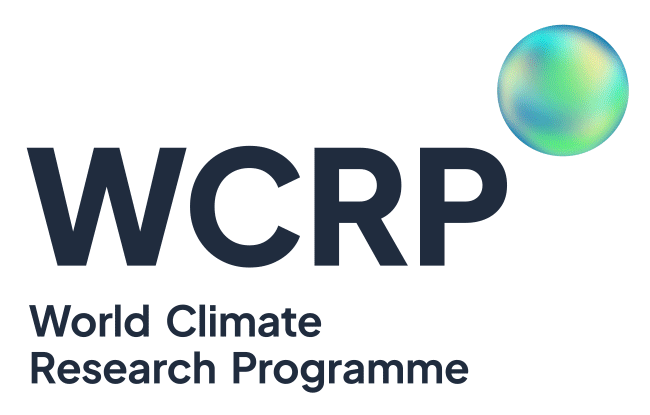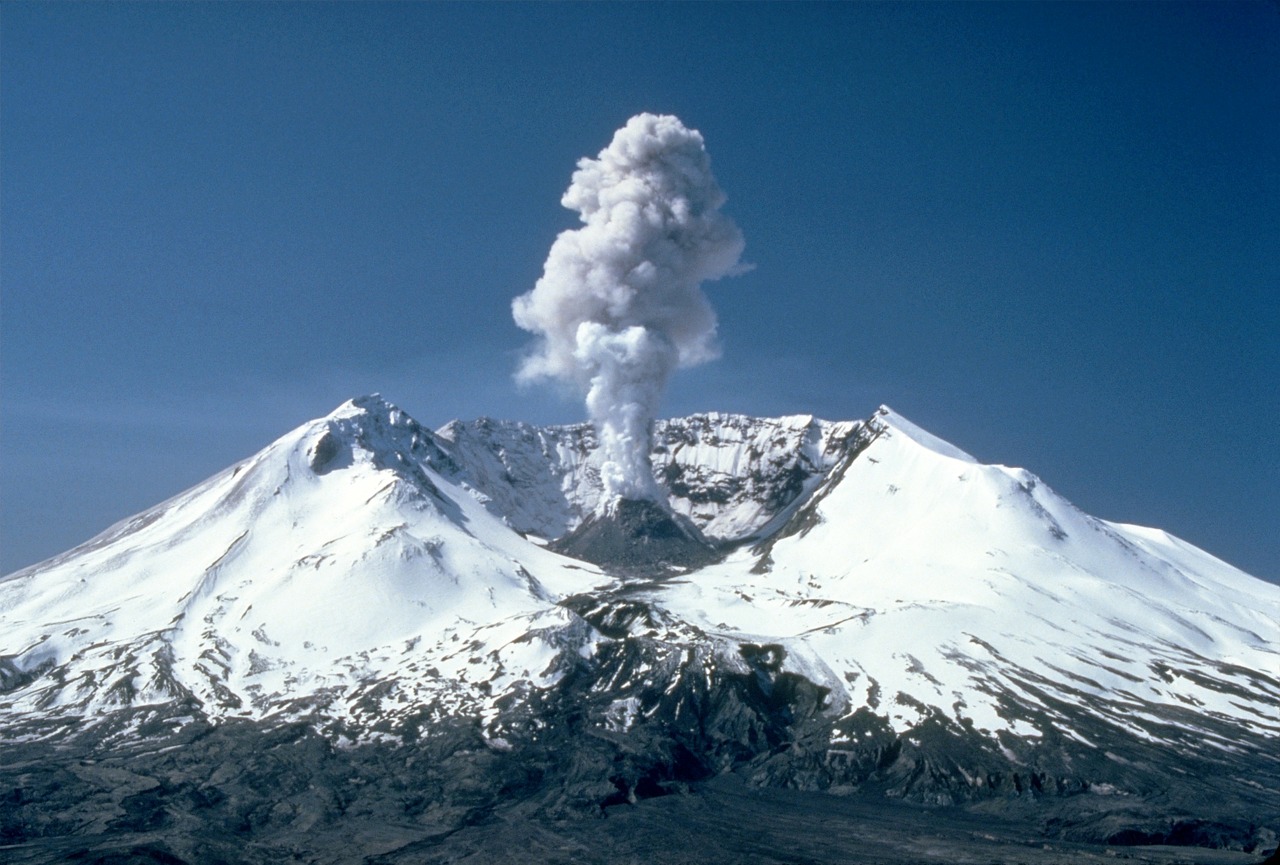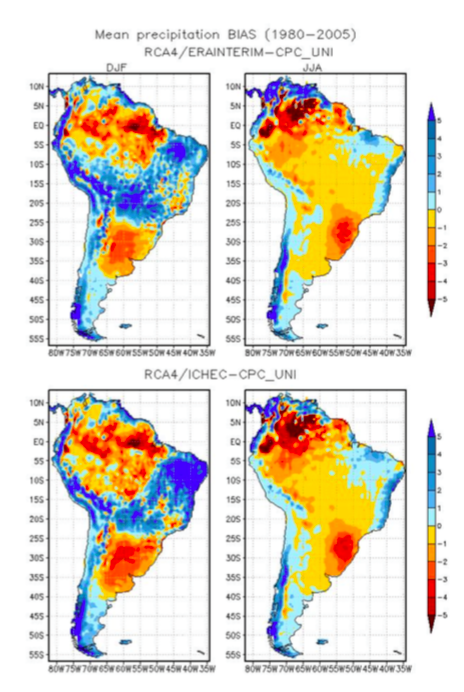- Details
 et al., 2016
et al., 2016
A report in response to a request by the Committee on Space Research of the International Council for Science to prepare a roadmap on observation and integrated Earth-system science for the coming ten years. Its focus is on the combined use of observations and modelling to address the functioning, predictability and projected evolution of interacting components of the Earth system on timescales out to a century or so. It discusses how observations support integrated Earth-system science and its applications, and identifies planned enhancements to the contributing observing systems and other requirements for observations and their processing. A set of concluding discussions covers general developmental needs, requirements for continuity of space-based observing systems, further long-term requirements for observations and other data, technological advances and data challenges, and the importance of enhanced international co-operation. For more see the full article in Advances in Space Research (Volume 57, Issue 10) (OPEN ACCESS).
- Details
28 November - 1 December, 2016
Tropical Atlantic climate recently experienced pronounced shifts of great socio-economic importance. The oceanic changes were largest in the eastern boundary upwelling systems. African countries bordering the Atlantic strongly depend upon their ocean-societal development, fisheries, and tourism. They were strongly affected by these climatic changes and will face important adaptation challenges associated with global warming. Furthermore, these upwelling regions are also of great climatic importance, playing a key role in regulating global climate. The 2016 TAV Conference will include sessions on: 1) Oceanic and atmospheric processes affecting physical-biogeochemical interaction and climate; 2) Mechanisms and simulation of tropical Atlantic climate variability; and 3) Towards realizing socio-economic benefits of climate prediction in the Tropical Atlantic for marine ecosystems, fisheries, and continental climate. Abstract submission closes 1 September 2016. For more details see the conference website.
- Details
19-28 October 2016
This School provides an overview of state of the art techniques and methods for detecting and monitoring the volcanic and convective clouds. It teaches students about the different instruments and platforms that are best at detecting such clouds and discusses new missions planned for solving the main issues in this research field. The registration deadline is the 31 August 2016. For more details see the training school website.
- Details
 Météo-France, Toulouse, France
Météo-France, Toulouse, France
18-21 October 2016
This workshop is intended to facilitate the more rapid advance of development of coupled data assimilation methodologies to improve weather and climate predictions and reanalyses. The workshop will cover methods for coupling of data assimilation methodologies between the atmosphere, ocean, land-surface, sea-ice, aerosols, atmospheric chemistry, and more, including weak coupling (coupling of the forecasts providing the background forecasts) and strong coupling (coupling of the state estimation as well). The workshop will also consider which observations are particularly important to advance coupled assimilations. The workshop will include overview presentations by selected invited speakers, 15-minute oral presentations, posters, discussion of the key scientific and technical challenges, and breakout groups to list the key issues and to formulate recommendations for how collaboration facilitated by the WMO can advance the state of the science more rapidly. The deadline for abstracts is 11 September 2016. For more see the workshop website.
- Details
 The Tropical Pacific Observing System (TPOS) aims to meet the observational, experimental, and operational needs of today and the future. The purpose of the TPOS 2020 project is oversee the transition to a more resilient and integrated observing system to meet the identified gaps as well as future needs as they are identified. A (revised) draft, now called the "First Report" (second and final reports will come in 2018 and 2020) can be downloaded from the TPOS 2020 website. While still a draft, to be finalized at the end of this year, it is now a public document that can be circulated.
The Tropical Pacific Observing System (TPOS) aims to meet the observational, experimental, and operational needs of today and the future. The purpose of the TPOS 2020 project is oversee the transition to a more resilient and integrated observing system to meet the identified gaps as well as future needs as they are identified. A (revised) draft, now called the "First Report" (second and final reports will come in 2018 and 2020) can be downloaded from the TPOS 2020 website. While still a draft, to be finalized at the end of this year, it is now a public document that can be circulated.
Also see the link on the TPOS 2020 website to download the comment spreadsheet for this second draft. You are encouraged to comment on the revision; please use the spreadsheet, which makes it far easier to keep track of comments and responses. Every comment gets a specific response, and these will all be posted publicly (both drafts, no names on comments). In order to make final decisions on this report at the Steering Committee meeting in October, all comments are due by 23 September 2016.
We appreciate your help in sharing the report with other stakeholders of TPOS observations. If you have distribution lists or specific communities that you think would be interested, please share the link to the report directly, or let the Steering Committee know by
- Details
![]() 31 October to 1 November 2016
31 October to 1 November 2016
Berlin, Germany
WCRP and SPARC welcome scientific contributions related to the Grand Challenges on “Clouds, circulation & climate sensitivity”, “Climate extremes”, “Near-term climate prediction”, and “Carbon feedbacks in the climate system” and/or the SPARC themes “Atmospheric dynamics and predictability”, “Chemistry and climate”, and “Long-term records for climate understanding”. The aim of the workshop is to discuss the state of the science in the areas of Grand Challenges and SPARC themes, to define improved collaborations between SPARC and the Grand Challenges and to discuss the role of SPARC and Grand Challenges in WCRP priorities. For more information see the SPARC announcement. The deadline for abstracts and registration is 30 September 2016.
- Details
![]() The First Institute of Oceanography (FIO) and the World Climate Research Programme (WCRP) invite applications for the post of Executive Director of the International CLIVAR (Climate and Ocean - Variability, Predictability, and Change) Project Office, based in Qingdao, China.
The First Institute of Oceanography (FIO) and the World Climate Research Programme (WCRP) invite applications for the post of Executive Director of the International CLIVAR (Climate and Ocean - Variability, Predictability, and Change) Project Office, based in Qingdao, China.
The goal of CLIVAR is to improve understanding and prediction of ocean-atmosphere interactions and their influence on climate variability and change, to the benefit of society and the environment. CLIVAR is a core project of the World Climate Research Programme (WCRP).
The scope of work will include contributions to fulfillment of CLIVAR scientific priorities as part of the WCRP’s objectives and goals. Further, the Executive Director will be responsible for a range of activities including managing the ICPO, participating in relevant meetings and workshops, promoting CLIVAR objectives, and seeking sources of additional funding.
Candidates should hold at least an MSc in oceanography, climate or closely relate field. Required skills include a broad knowledge of oceanography and climate science, ability to communicate to a range of stakeholders, and demonstrated team leadership. Excellent written and spoken communication skills in English are essential.
The work place is the First Institute of Oceanography of the State Oceanographic Administration of China, located in Qingdao, China. The position is available from 1st October 2016. The position will be available until at least June 2019 and renewed on an annual basis.
For additional information see Further Details. Inquiries about the position may be directed to WCRP Senior Scientific Officer
The position will remain open until filled by a suitable candidate. The application must include a covering letter summarizing details of your relevant qualifications and experience, a CV and the names and contact information of three references and should be sent to
- Details
![]() Update: November 2016
Update: November 2016
Executive Director of CLIVAR International Project Office
We are no longer accepting applications for this position.
- Details
 20-22 September 2016 - Pacific Northwest National Laboratory, USA
20-22 September 2016 - Pacific Northwest National Laboratory, USA
Registration deadline: 15 August 2016
The Physics Dynamics Coupling 2016 workshop will work to address challenges in the development of advanced algorithms to accurately and efficiently represent process interactions that determine fundamental characteristics of weather and climate systems. For more see the workshop webpages.
- Details
![]() 21-25 November 2016 - Dakar, Senegal
21-25 November 2016 - Dakar, Senegal
Deadline 15 August 2016
This training school will include lectures by leading experts from the World Climate Research Programme (WCRP) Working Group on Seasonal to Interannual Prediction (WGSIP) on predictability over sub-seasonal to decadal timescales, with concrete examples from some of the world’s leading operational centers. Lab-based classes will introduce participants to the new S2S Project subseasonal and CHFP seasonal forecast databases.
For more information see the school webpage.
- Details
![]() GEWEX e-News and GEWEX News are both now available. In GEWEX e-News find out about the latest GEWEX-related opportunities and upcoming events. Want to showcase your publications? Find out how GEWEX can help! In GEWEX News discover the Arctic Observation and Reanalysis Integrated System (ArORIS), the new GEWEX Aerosol Precipitation Project, highlights from the 14th Baseline Surface Radiation Network Scientific Review and Workshop, the International Soil Modeling Consortium, and the relationship between decadal changes in sea surface temperature and long-term drought.
GEWEX e-News and GEWEX News are both now available. In GEWEX e-News find out about the latest GEWEX-related opportunities and upcoming events. Want to showcase your publications? Find out how GEWEX can help! In GEWEX News discover the Arctic Observation and Reanalysis Integrated System (ArORIS), the new GEWEX Aerosol Precipitation Project, highlights from the 14th Baseline Surface Radiation Network Scientific Review and Workshop, the International Soil Modeling Consortium, and the relationship between decadal changes in sea surface temperature and long-term drought.
- Details
![]() CLIVAR August Bulletin out now! Highlights include:
CLIVAR August Bulletin out now! Highlights include:
- Still time to register for the CLIVAR Open Science Conference
- Exchanges Special issue on the Kuroshio Current
- CLIVAR-relevant sessions at AGU Fall Meeting
- US CLIVAR Released the Intra-Americas Seas workshop report
- and more...
- Details
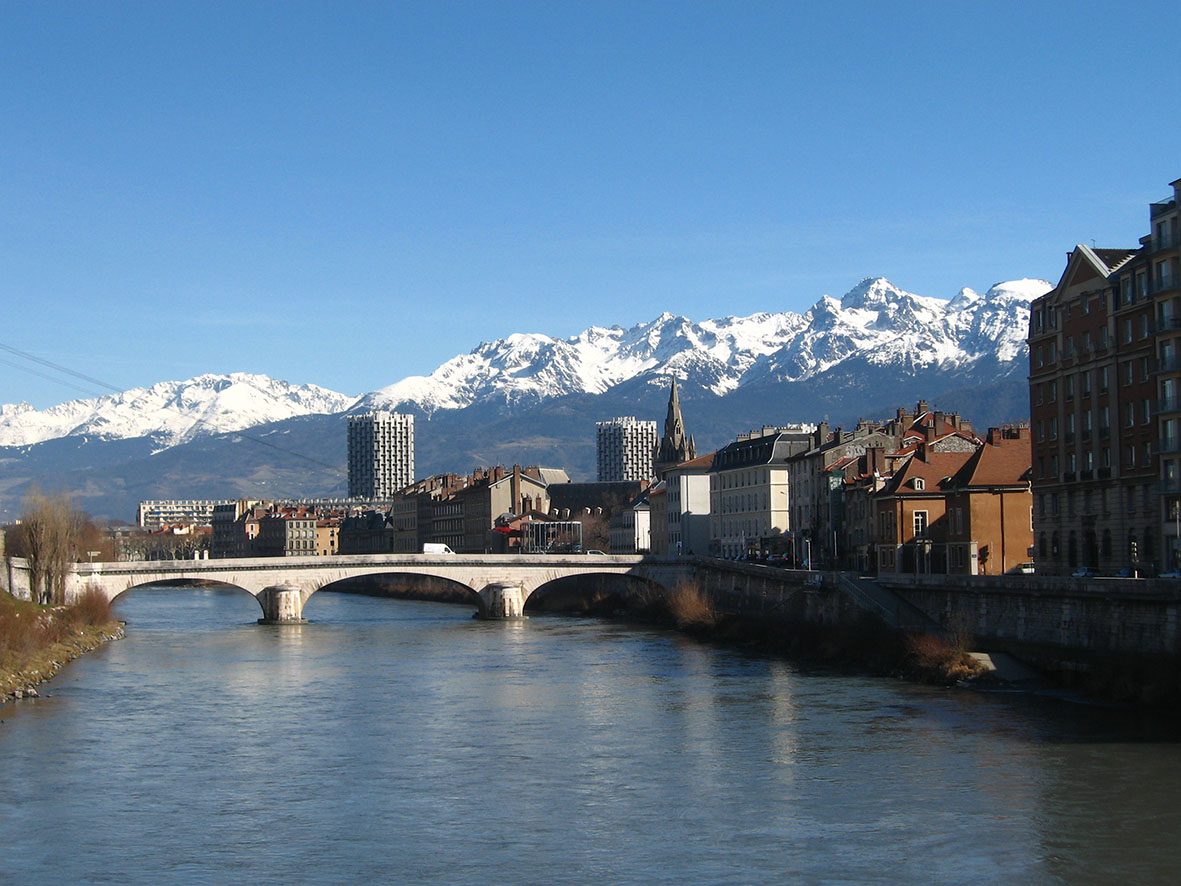 October 17-19 2016
October 17-19 2016
University of Grenoble, Grenoble, France
INARCH participants and their research teams are invited to participate in the second GEWEX INARCH Workshop. This workshop will bring scientists together to explore and discuss specific issues in mountain snow and ice hydrology highlighted after the inaugural INARCH workshop in Kananaskis in October 2015. The workshop is open to all scientists contributing directly or indirectly to the INARCH GEWEX crosscut project. Early-career scientists are encouraged to participate. If you wish to become an INARCH participant please contact John Pomeroy with an expression of interest and description of what your contribution to the project might be.
Three main topics will be covered by the Workshop:
- Atmospheric downscaling for mountain snow and ice hydrology modeling
- Availability and suitability of surface observations and spatial observations from mountain observatories (including discussion of the mountain observations journal special issue)
- Climate sensitivity numerical experiments – results from numerical diagnostic experiments using the cryospheric and hydrological response of mountain catchments to various representations of a changing climate
This 3-day meeting will include 2 days of presentations/discussions and a 1-day optional field trip to one of the INARCH observatories in the French Alps (to be determined). It will take place at the Laboratory of Glaciology and Environmental Geophysics (Lliboutry Conference Room, LGGE main building), on the campus of University of Grenoble, Grenoble, France. There will be no meeting registration cost and lunch will be provided (including the lunch during the optional field trip). We anticipate being able to provide partial travel support to participants for travel and accommodation (especially to early career scientists). Please contact the organizing committee if you wish to request this support.
Participants will make their own travel arrangements to Grenoble. Information regarding transportation is available on the 'How to find the LGGE' webpage.
Interested participants need to provide an expression of interest of attending or presenting by emailing Vincent Vionnet. If you wish to make a presentation please indicate the provisional title of your talk. An abstract will be requested later. Please also mention whether you intend to participate in the optional field trip.
The Scientific Committee thanks you for considering this workshop and thank the Local Organising Committee for their work in making arrangements and hosting it in France this year.
For further information please contact the Local Organising Committee:
- Details
The report on the 14th Baseline Surface Radiation Network (BSRN) Scientific Review and Workshop is now available. Talks and posters are also available on the World Radiation Monitoring Center-Baseline Surface Radiation Network web page.
- Details
![]() SPARC have been busy. Find out the latest in SPARC's July eNews Bulletin and SPARC's latest Newsletter (No. 47).
SPARC have been busy. Find out the latest in SPARC's July eNews Bulletin and SPARC's latest Newsletter (No. 47).
- Details
CORDEX builds on a foundation of previous downscaling intercomparison projects to provide a common framework for downscaling activities around the world. Discussion paper now available in Geoscientific Model Developement Discussions (OPEN ACCESS):
Figure. Bias in 1980-2005 precipitation simulations by the regional model RCA4 for South America. For more see Figure 1, Gutowski et al. 2016.
- Details
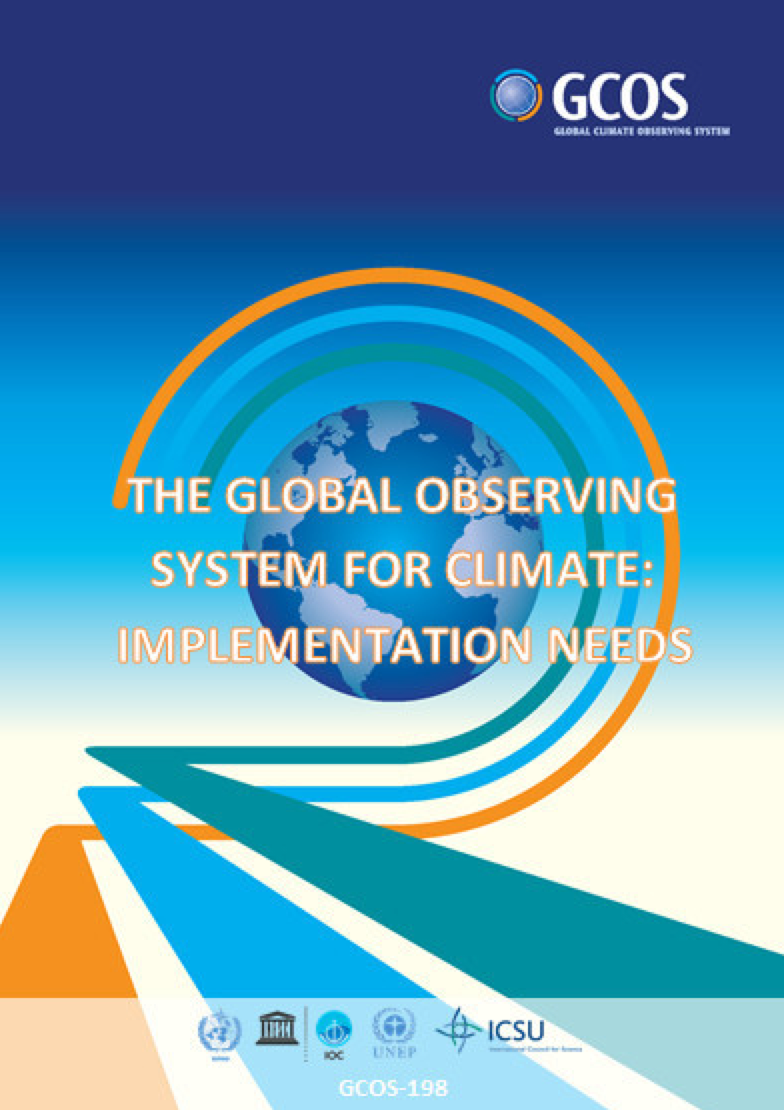 The new 2016 Global Climate Observing System (GCOS) Implementation plan “The Global Observing System for Climate: Implementation Needs" will be open for public review from 25 July to 5 September 2016. This plan aims to guide climate observations over the next 10 years, meeting the needs of the UNFCC, adaptation planning and climate science. Following approval by the GCOS steering committee, a final version will be submitted to the UNFCCC for COP22. Anyone interested in climate observations is invited to comment on this draft.
The new 2016 Global Climate Observing System (GCOS) Implementation plan “The Global Observing System for Climate: Implementation Needs" will be open for public review from 25 July to 5 September 2016. This plan aims to guide climate observations over the next 10 years, meeting the needs of the UNFCC, adaptation planning and climate science. Following approval by the GCOS steering committee, a final version will be submitted to the UNFCCC for COP22. Anyone interested in climate observations is invited to comment on this draft.
The review draft and instructions on how to submit comments can be found on the GCOS website.
- Details
- Questionnaire on IPCC Report on 1.5°C Climate Target
- Call for Proposals: Sustainable Water Future Programme Working Groups
- School on Climate System Prediction and Regional Climate Information
- International Prize for Model Development
- International Data Prize
- Call for papers: 2016 AGU Fall Meeting
- Position announcements for two senior reserch scientists and one PhD Studentship
For more see GEWEX News.
- Details
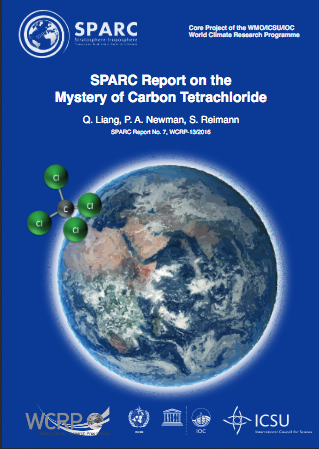 The seventh SPARC science report on 'The Mystery of Carbon Tetrachloride' is now available! Find the full report here.
The seventh SPARC science report on 'The Mystery of Carbon Tetrachloride' is now available! Find the full report here.
The report helps answer policy-relevant questions related to the global budget of carbon tetrachloride, an important ozone-depleting substance; closing the gap between emissions reported to UNEP's ozone secretariat and those estimated from atmospheric observations.
See also the 'The Mystery of Carbon Tetrachloride Factsheet'.
- Details
![]() The call for nominations to SPARC's Scientific Steering Group (SSG) is now open. The SSG is currently comprised of 14 researchers from around the world with a wide range of expertise in atmospheric dynamics and chemistry. They guide SPARC's priorities and activities, working together with the SSG co-chairs and the SPARC project office.
The call for nominations to SPARC's Scientific Steering Group (SSG) is now open. The SSG is currently comprised of 14 researchers from around the world with a wide range of expertise in atmospheric dynamics and chemistry. They guide SPARC's priorities and activities, working together with the SSG co-chairs and the SPARC project office.
The deadline for nominations is 30 September 2016. Nominations can be submitted through the online nomination form.
- Details
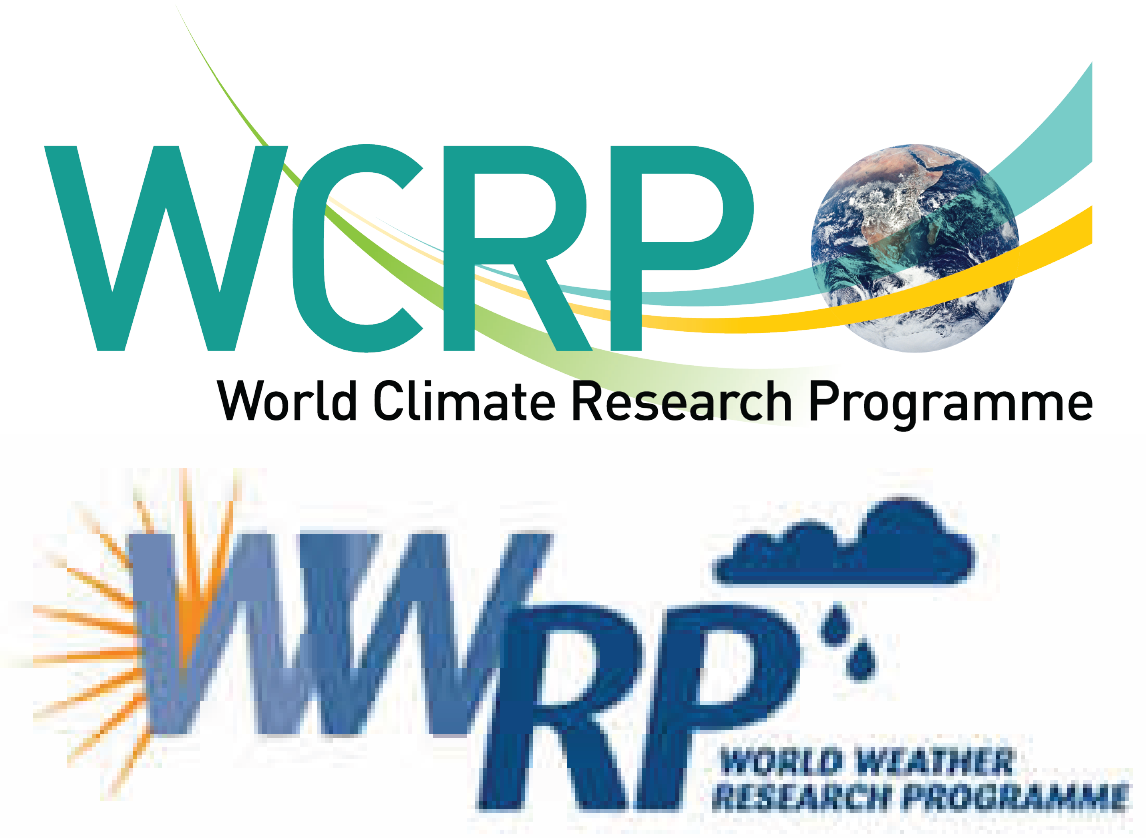 Call for Nominations – Due Date for nominations is 1 October 2016
Call for Nominations – Due Date for nominations is 1 October 2016
In recognition of the essential role model development plays to weather and climate science WCRP and the World Weather Research Programme (WWRP) are seeking nominations for the “WCRP/WWRP International prize for model development”. For more information and links to the nomination form see the WCRP/WWRP International prize for model development webpage.
- Details
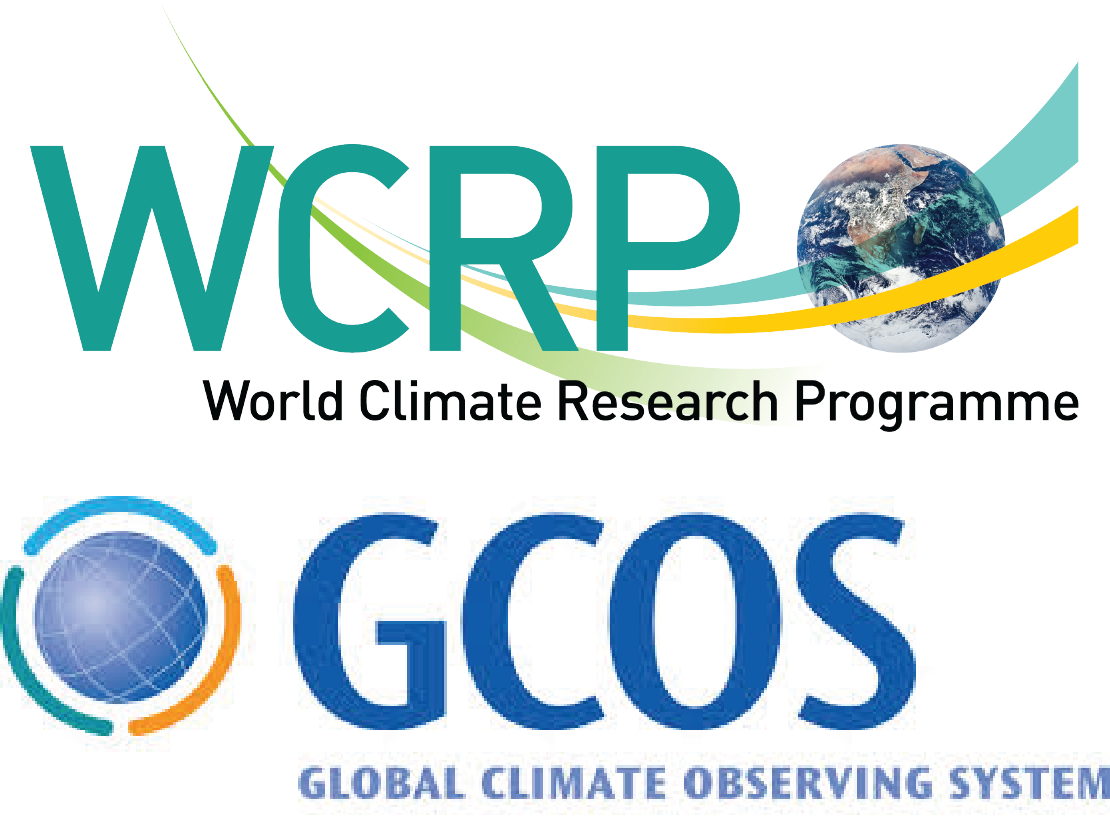 Call for Nominations – Due Date for nominations is 1 October 2016
Call for Nominations – Due Date for nominations is 1 October 2016
Recognizing this need for further advancing climate observations and their coordination, WCRP and the Global Climate Observing System (GCOS) are seeking nominations for the first “WCRP/GCOS International Data Prize”. For more information and links to the nomination form see the WCRP/GCOS International Data Prize webpage.
- Details
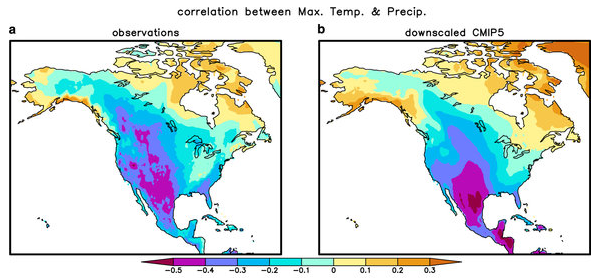 This paper presents unified datasets of debiased and downscaled climate simulations for North America from 21 ka BP to 2100AD, at 0.5° spatial resolution. The radiation data are from the NASA/GEWEX Surface Radiation Budget Release-3.0 dataset. Find out more about this dataset on the NASA/GEWEX Surface Radiation Budget Website (OPEN ACCESS).
This paper presents unified datasets of debiased and downscaled climate simulations for North America from 21 ka BP to 2100AD, at 0.5° spatial resolution. The radiation data are from the NASA/GEWEX Surface Radiation Budget Release-3.0 dataset. Find out more about this dataset on the NASA/GEWEX Surface Radiation Budget Website (OPEN ACCESS).
Find this paper at:
Figure 6. Maps of the temporal correlation between monthly anomalies for selected climate variables (Lorenz et al., 2016).
- Details
![]() CLIVAR July Bulletin out now! Highlights include:
CLIVAR July Bulletin out now! Highlights include:
- CLIVAR Open Science Conference - places limited!
- Open Call for New CLIVAR Members
- PREFACE-PIRATA-CLIVAR Tropical Atlantic Variability Conference
- WCRP Joint Scientific Committee Meeting
- and more...
- Details
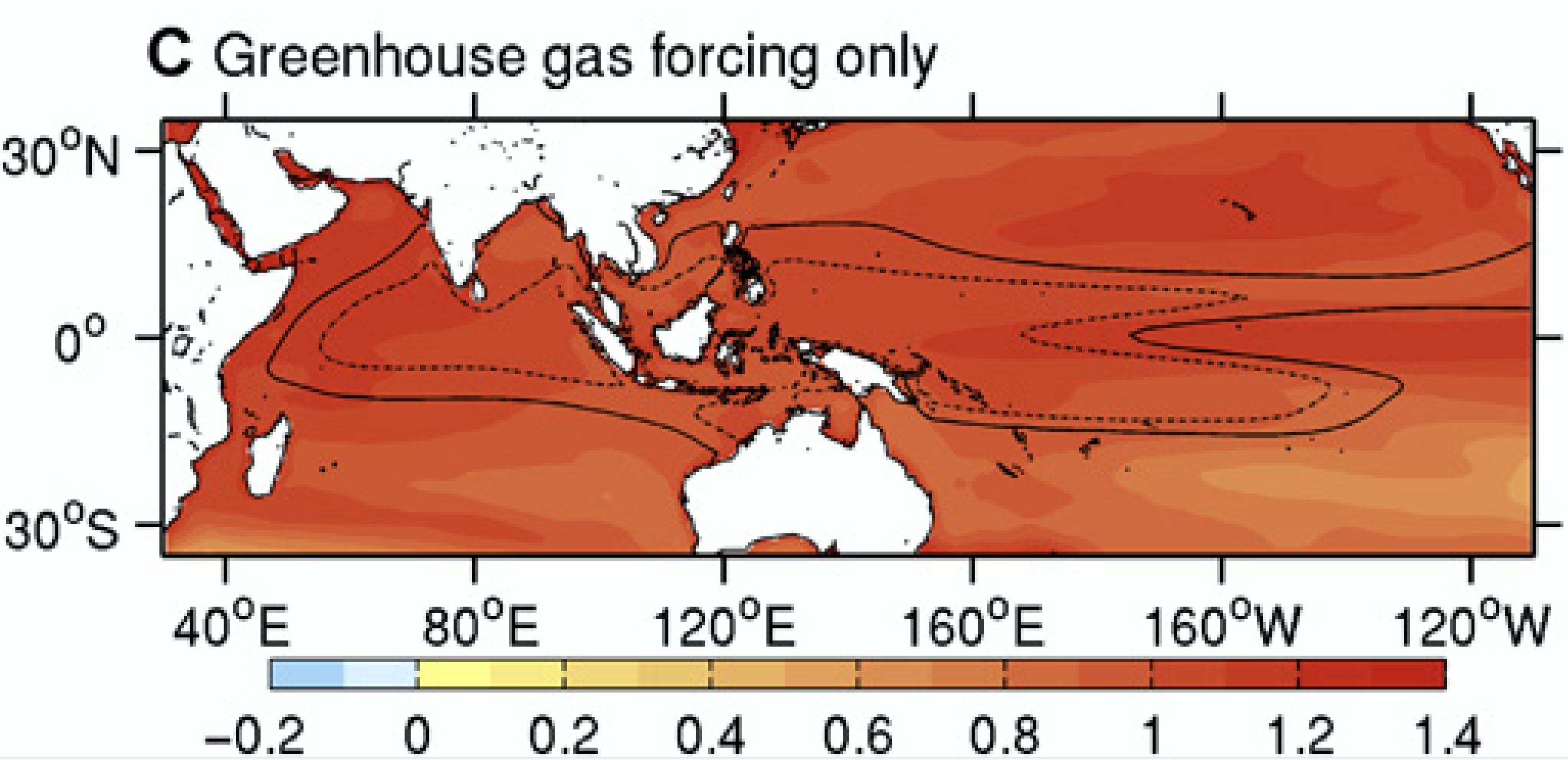 The authors identify human and natural contributions to the observed Indo-Pacific warm pool (IPWP) changes since the 1950s by comparing observations with climate model simulations using an optimal fingerprinting technique. Greenhouse gas forcing is found to be the dominant cause of the observed increases in IPWP intensity and size, whereas natural fluctuations associated with the Pacific Decadal Oscillation have played a smaller yet significant role.
The authors identify human and natural contributions to the observed Indo-Pacific warm pool (IPWP) changes since the 1950s by comparing observations with climate model simulations using an optimal fingerprinting technique. Greenhouse gas forcing is found to be the dominant cause of the observed increases in IPWP intensity and size, whereas natural fluctuations associated with the Pacific Decadal Oscillation have played a smaller yet significant role.
